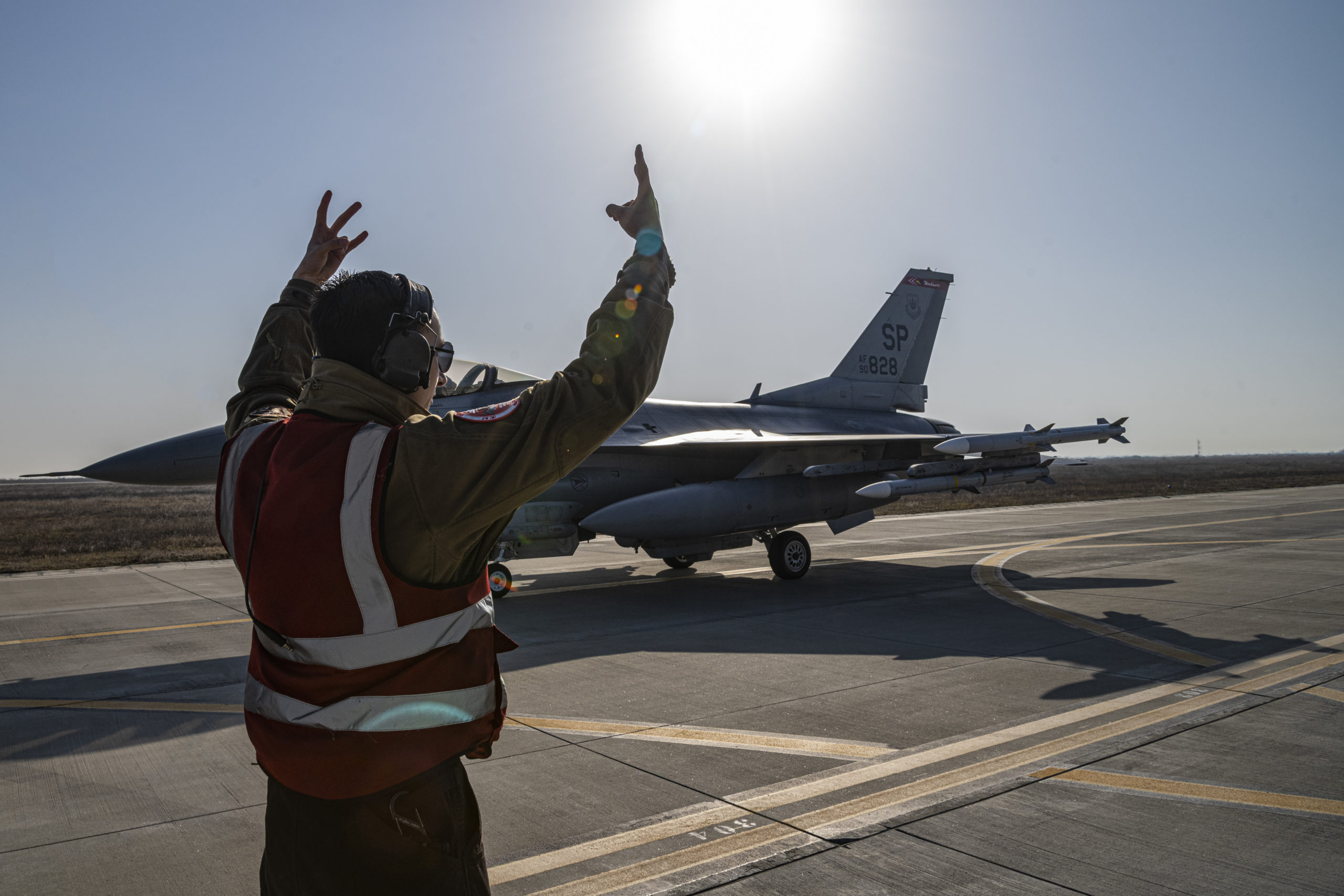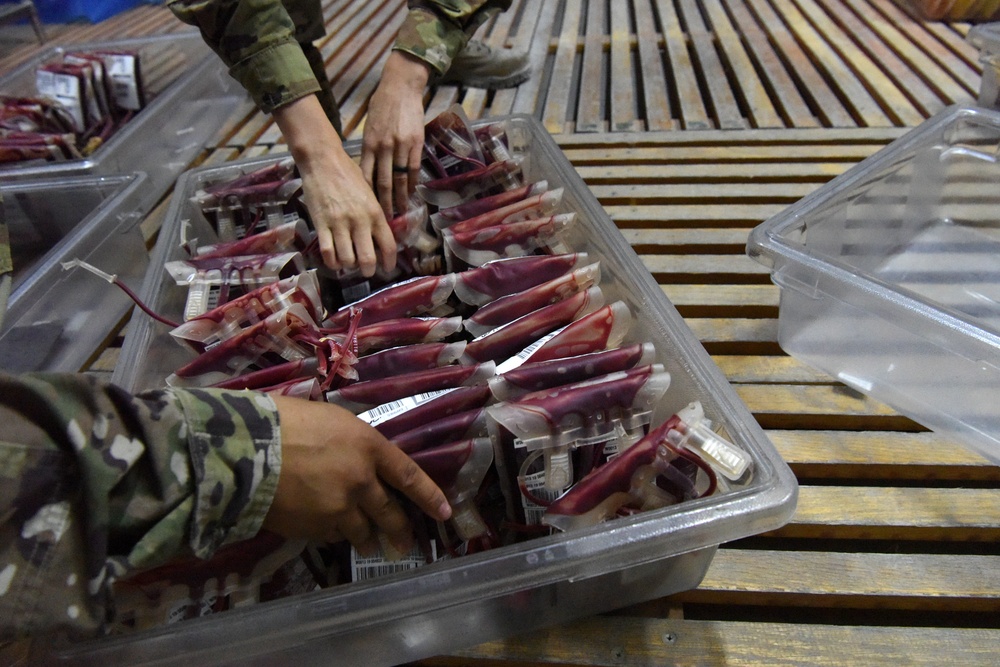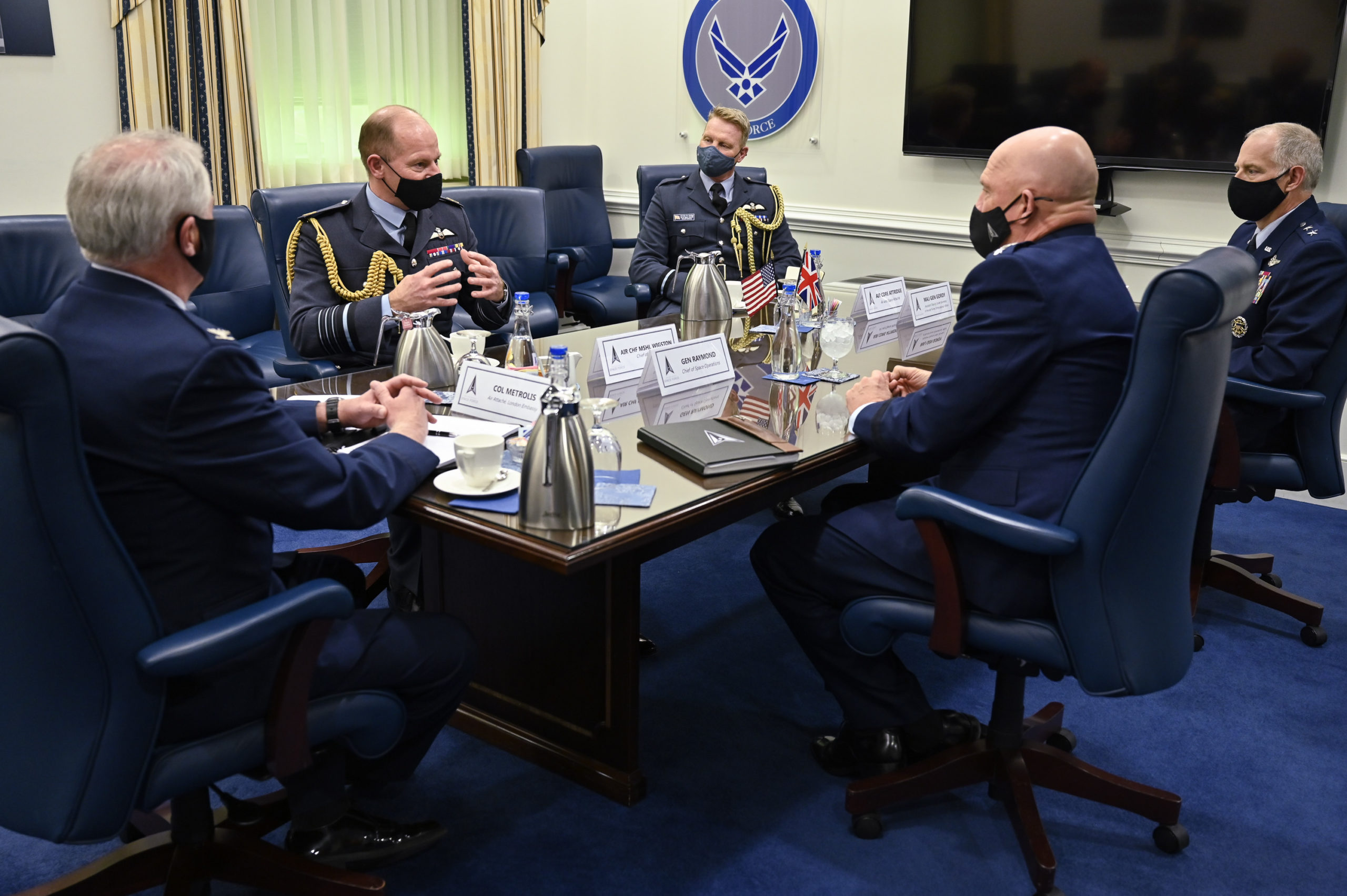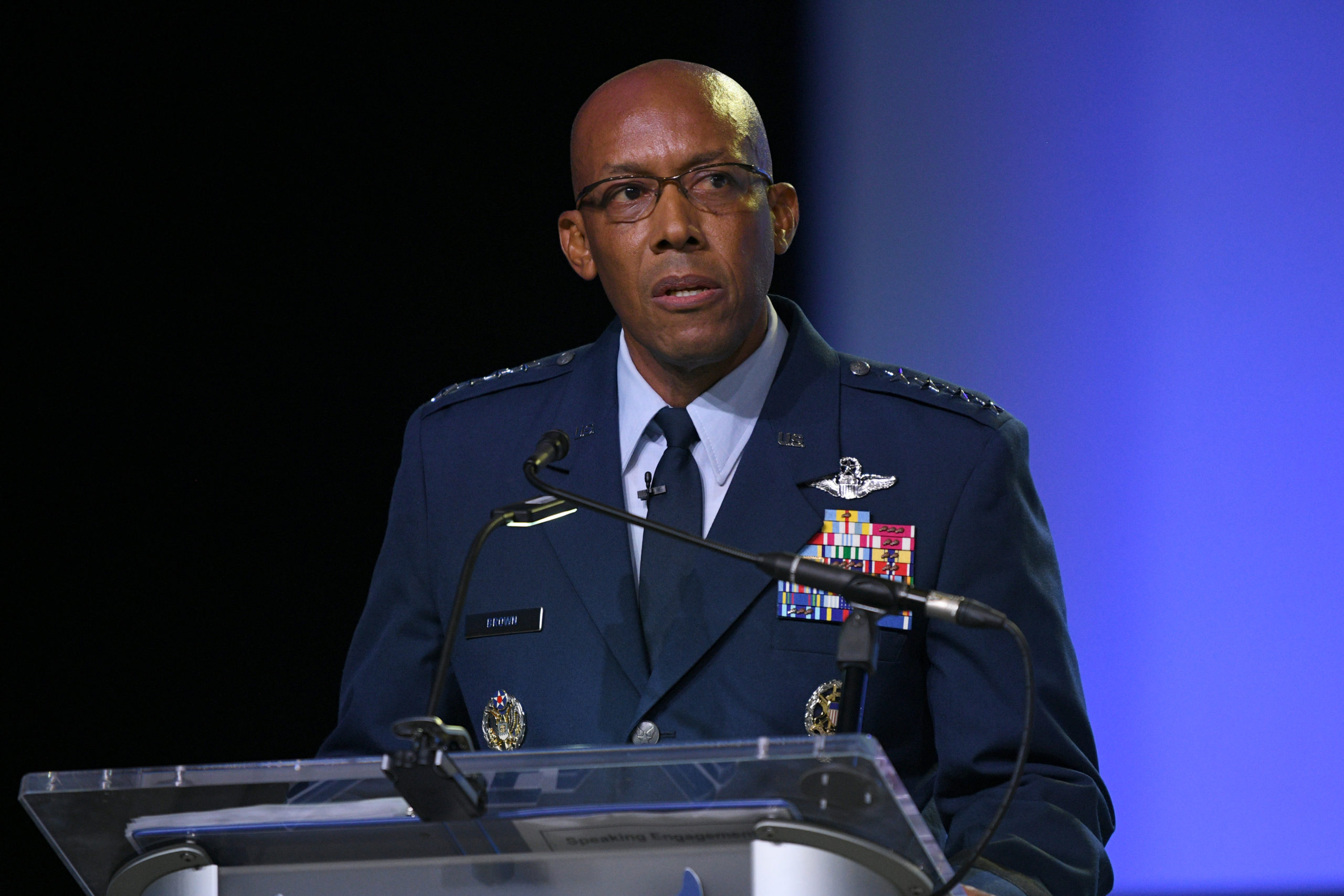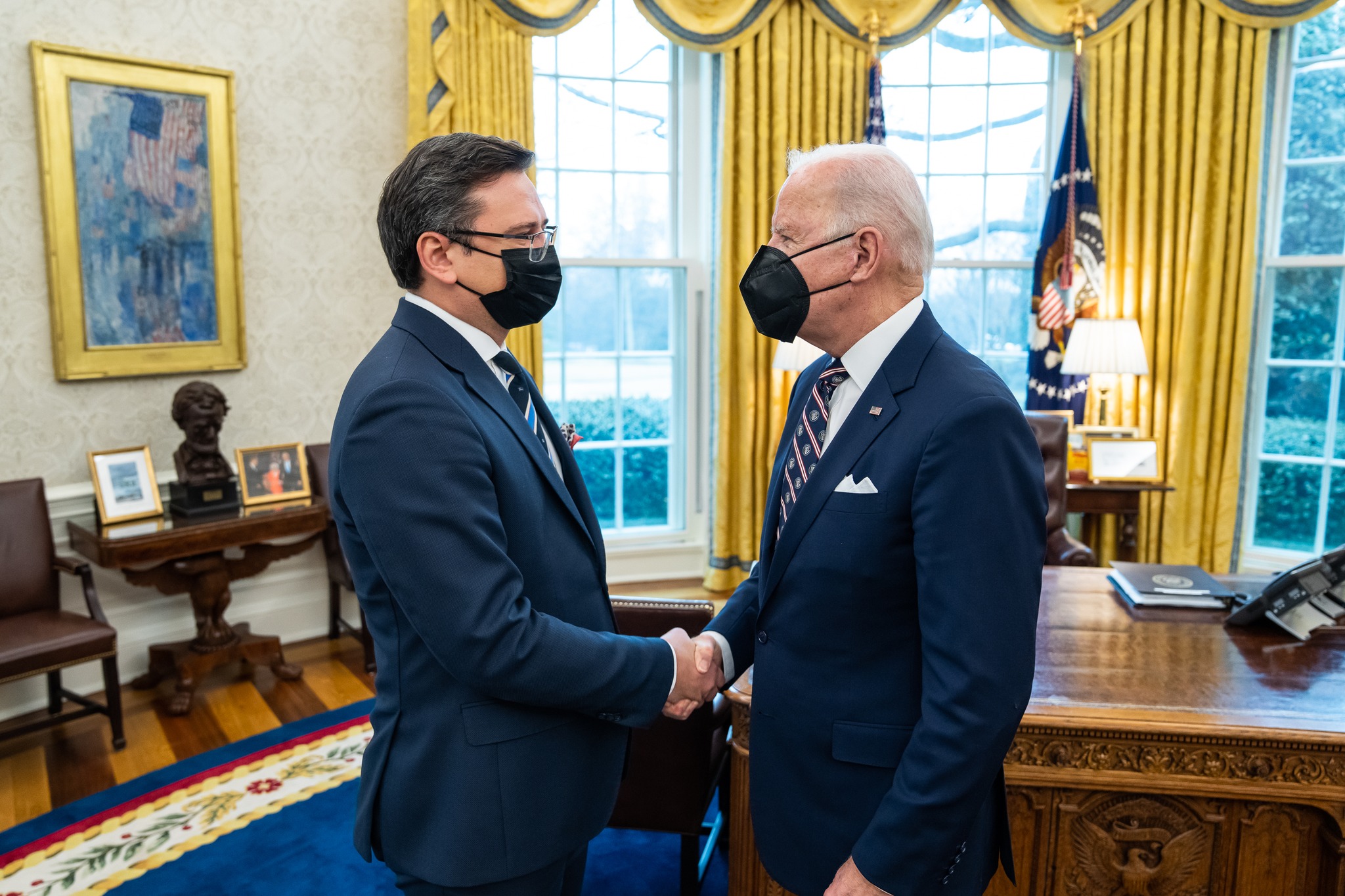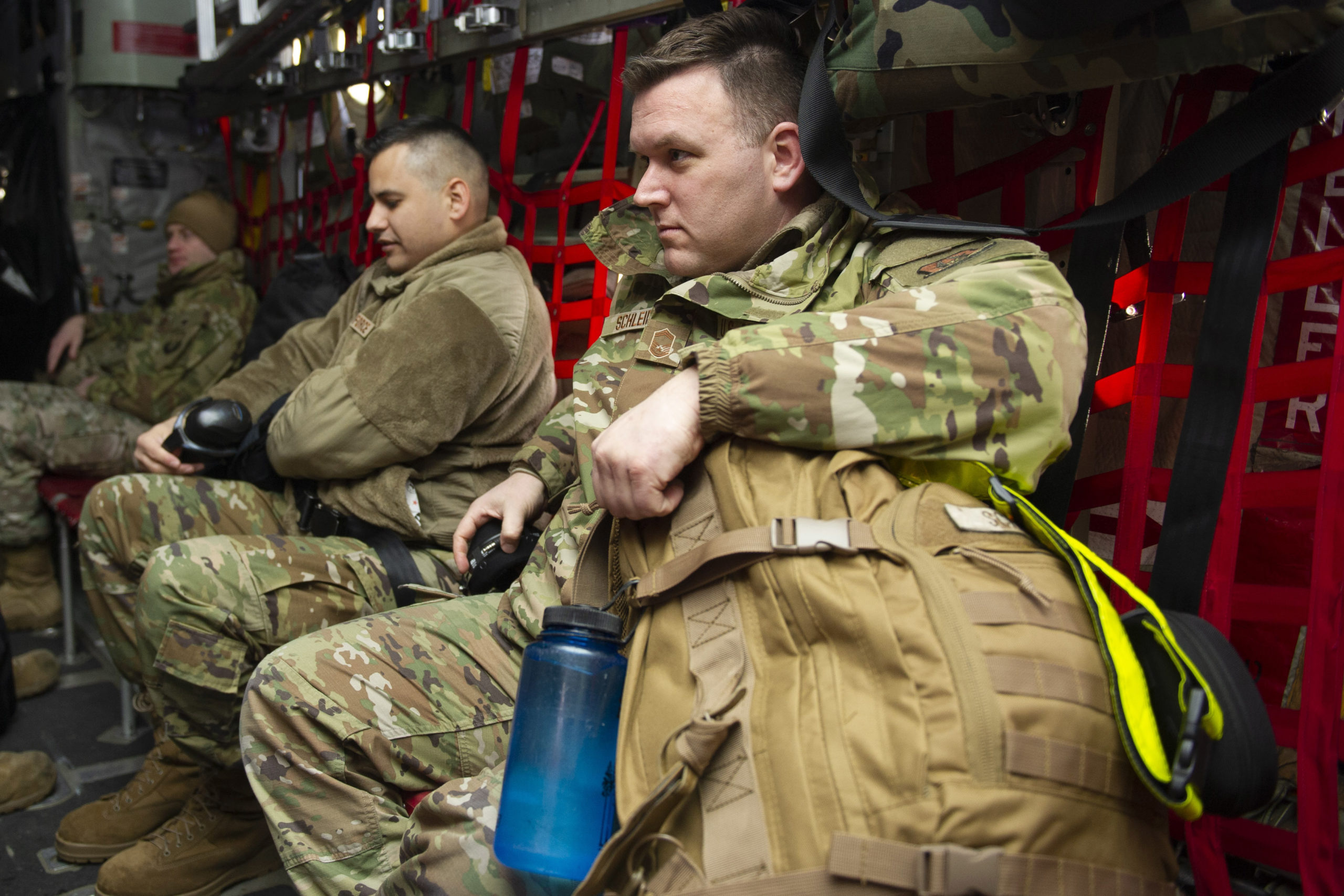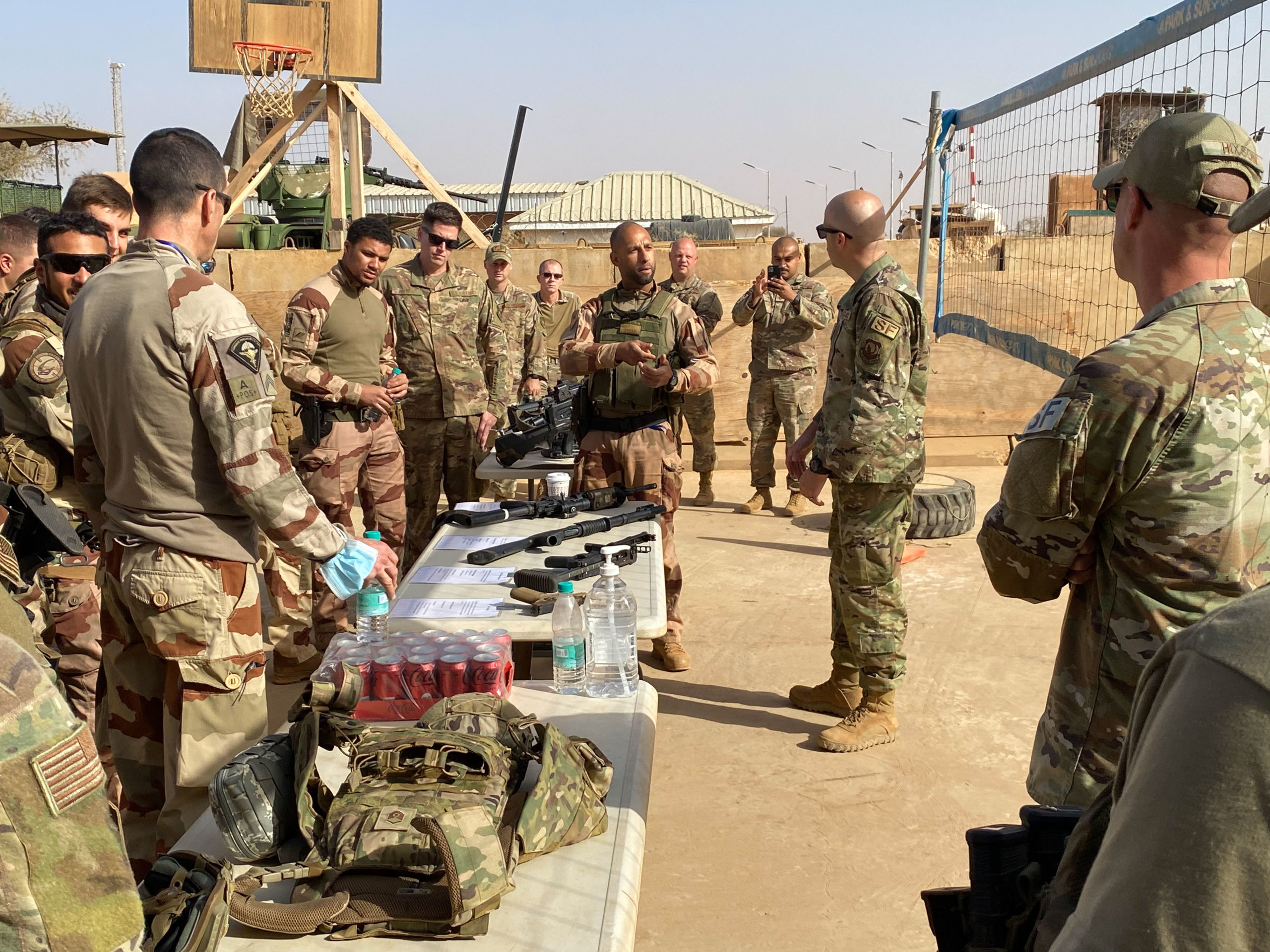The Space Force’s goal of improving space domain awareness continues to advance along multiple avenues. New projects include ground-based radars to surveil high Earth orbits and data from a cubesat headed on a unique route around the moon.
Northrop Grumman announced Feb. 23 that it had received a $341 million contract from the Space Force’s Space Systems Command for the first of three ground-based radar systems to monitor geosynchronous and geostationary orbits, above 35,000 kilometers in altitude, in which satellites’ movements sync up with Earth’s rotation.
The company said in a news release Feb. 23 that the Deep-Space Advanced Radar Capability, or DARC, “will provide an all-weather, 24/7 capability to monitor the highly dynamic and rapidly evolving geosynchronous orbital environment”—whereas “current ground-based systems operate at night and can be impacted by weather conditions.”
The contract includes the design, development, and delivery of a DARC system to be located in the Indo-Pacific region by 2025. Two more follow-ons will be “strategically placed around the world,” with the ultimate goal of global coverage. Communications satellites such as the Defense Department’s Wideband Global Satellite Communications constellation orbit in GEO.
The commander of U.S. Space Command, Army Gen. James H. Dickinson, differentiates the relatively new discipline of space domain awareness from the well established practice of space situational awareness.
While space situational awareness is more simply “reporting on where something is in space,” space domain awareness, on the other hand, requires observers to understand and assign motive—“the ‘why’—the intent—behind having something in space and where it is,” Dickinson told reporters at 2021’s Space Symposium in Colorado Spring, Colo.
Meanwhile in January, the Space Force added two satellites to its Geosynchronous Space Situational Awareness Program to surveil the high satellite belt, bringing the constellation to a total of six. Collecting data for the National Space Defense Center, the GSSAP satellites are also meant to help better understand the “ever evolving state of affairs” in the GEO belt, according to a statement by the Space Force.
The service intends to extend space domain awareness even farther as well—all the way out to cislunar space to monitor activities on and around the moon.
A small Colorado company, Advanced Space, announced in February that it would freely share data with the Air Force Research Laboratory from its CAPSTONE cubesat mission, expected to launch in the first half of 2022 to test out a particular lunar orbit for NASA—the near rectilinear halo orbit in which the agency expects to situate its Gateway lunar space station.
Examples of data that might be of interest to AFRL include orbit determination solutions and tracking schedules, and “given the ongoing interest in space domain awareness above the GEO belt, we’ve found that there are many parties interested in coordinating with a mission like CAPSTONE that can provide accurate ‘truth’ states based on our own orbit determination processes,” the company told Air Force Magazine in a statement.
To date, space mission planners have relied on methods created for conventional, two-body orbits—Earth and a satellite—but the three-body orbits of the Earth-moon system present some “specific challenges,” the company said. CAPSTONE will “show what you have to do from a mission design, navigation, and operations standpoint to fly a mission in this orbit. So we’ll be able to answer questions such as: When do our standard linearized orbit determination tools start to break down in this very nonlinear dynamic environment?”
The AFRL has announced additional activities within the past year intended to improve space domain awareness, including $1 million-a-year research grants and a Space Domain Awareness Leadership Workshop on Feb. 15; and it reportedly plans to issue a solicitation by March for the Cislunar Highway Patrol System experiment.


